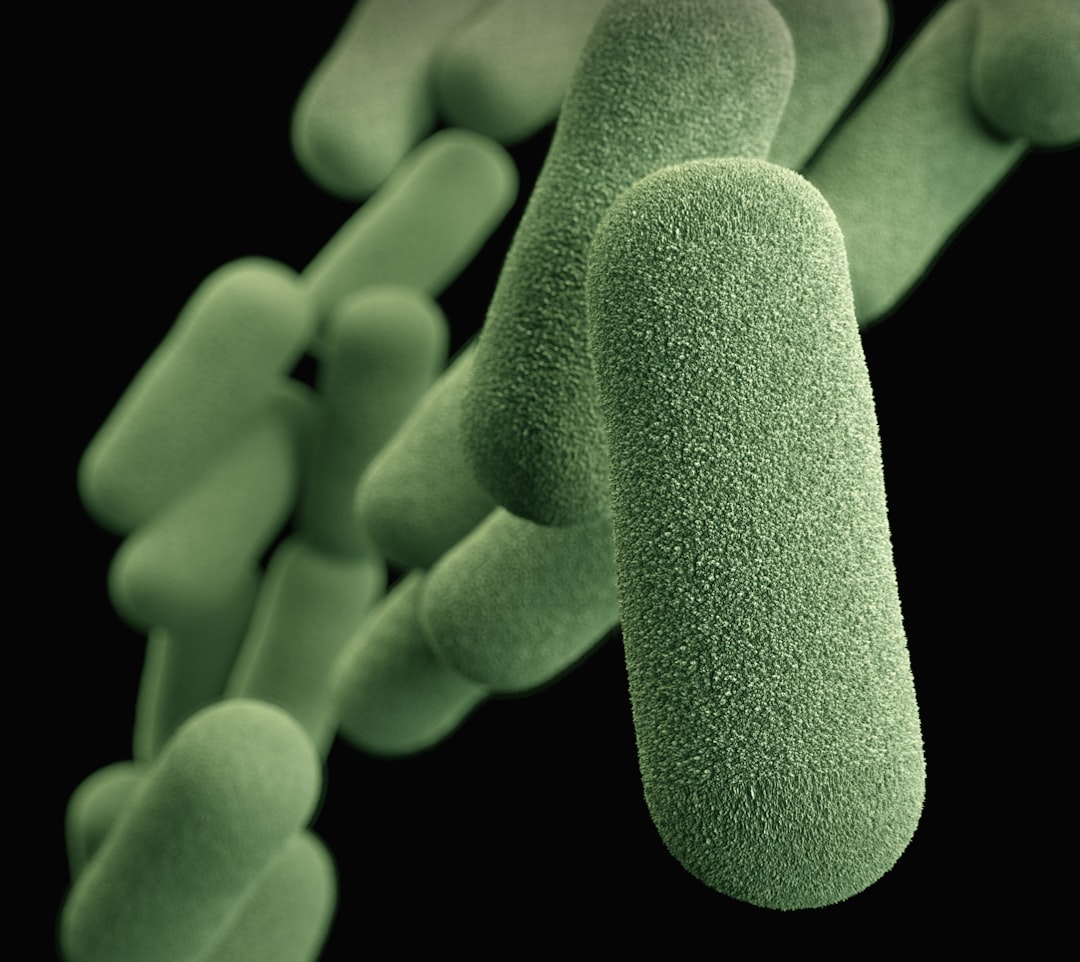What is it about?
This scientific publication investigates the reaction intermediates that form on the surface of a catalyst called Raney-Co during the hydrogenation of acetonitrile (CD3CN) using a technique called inelastic neutron scattering (INS). By analyzing the spectra of different potential reaction intermediates and comparing them with reference spectra of H2, CD3CN, and CD3CH2NH2, the researchers were able to obtain detailed information on the structure of the adsorbed molecules. They found that CD3CN reacted preferentially with hydrogen bound to specific sites on the Co-surface. On the surface, a mixture of a nitrene-like intermediate and co-adsorbed CD3CH2NH2 was formed, as indicated by a strong CH2 twisting vibrational mode. The study provides valuable information about the mechanism of the hydrogenation reaction and the behavior of the catalyst.
Featured Image

Photo by Ben Coleman on Unsplash
Why is it important?
The work presented in this scientific publication is important because it provides valuable insights into the mechanism of the hydrogenation of nitriles, which is an important chemical transformation in the chemical industry. Understanding the reaction intermediates and the working principles of the catalyst can help to optimize the process and improve its efficiency, which is critical for the development of sustainable and environmentally friendly chemical processes. In addition, the results of this study could be useful for the design and development of new catalysts with improved performance for the hydrogenation of nitriles and related chemical transformations. Overall, this work contributes to the fundamental knowledge of catalytic reactions, which is essential for advancing the field of chemistry and developing new technologies for a wide range of applications.
Perspectives
From my personal perspective, the findings of this scientific publication shed light on the underlying principles of a fundamental catalytic transformation in chemistry, namely, the hydrogenation of unsaturated nitrogen-containing molecules. The high selectivity of nitrile hydrogenation is remarkable and can have significant implications for the development of new and more efficient catalytic transformations. It is also interesting to learn that only one side product was formed during the reaction, which shows the high specificity of the catalyst and the importance of understanding its performance at a molecular level. Moreover, the use of inelastic neutron scattering (INS) as a powerful technique for investigating the reaction intermediates is impressive and highlights the importance of developing new experimental methods for studying chemical reactions at the molecular level. Overall, this work represents an important contribution to the field of catalytic chemistry and provides a basis for future research on the development of more efficient and sustainable chemical transformations.
Prof. Dr. Thomas Ernst Müller
Ruhr-Universitat Bochum
Read the Original
This page is a summary of: Identification of reaction intermediates during hydrogenation of CD3CN on Raney-Co, Journal of Catalysis, April 2009, Elsevier,
DOI: 10.1016/j.jcat.2009.01.009.
You can read the full text:
Contributors
The following have contributed to this page










